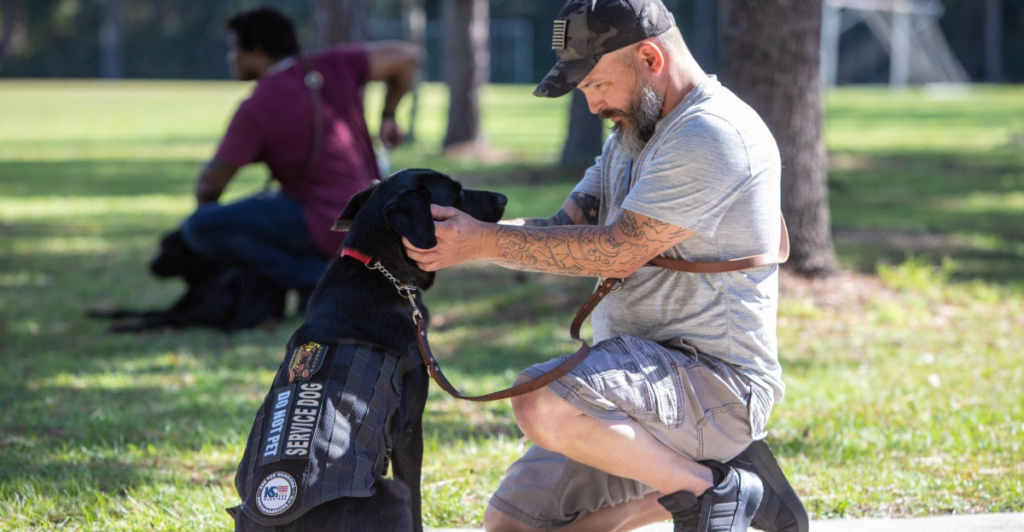
Dogs have an incredible way of making us feel special—but how can you tell if your pup truly sees you as their forever person? Beyond wagging tails and happy barks, dogs show deep loyalty in subtle, heartwarming ways. From the way they follow you around to the moments they silently sit by your side, these behaviors say more than words ever could.
Dogs and Lifelong Bonds
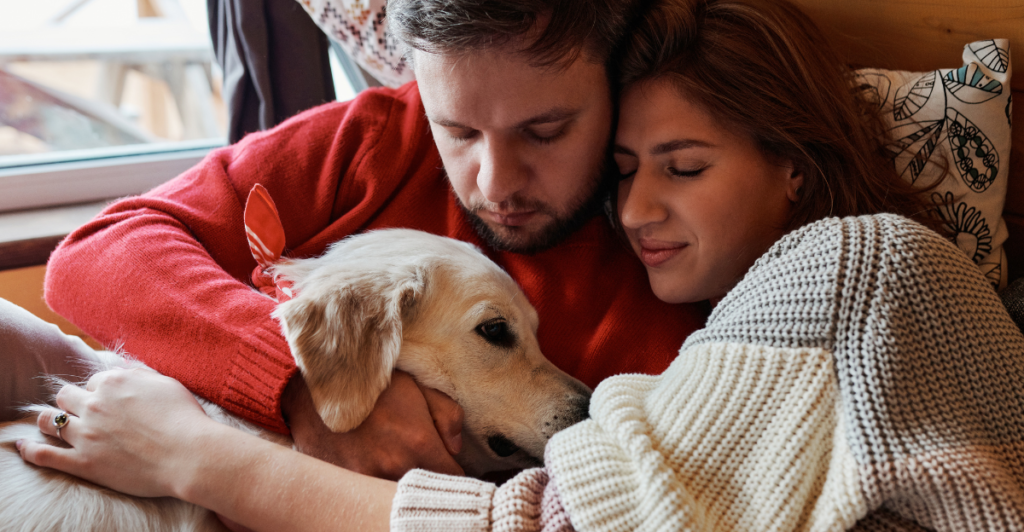
Dogs are renowned for their loyalty, but what truly signifies a lifelong bond? Beyond wagging tails and cuddles, dogs exhibit unique behaviors that reflect their deep connection to their humans. This bond is rooted in mutual trust, emotional attunement, and shared experiences.
Scientific studies reveal that dogs pick up on human emotions, routines, and even subtle cues, solidifying their role as companions for life. They are one of the few species shown to release oxytocin—the same hormone responsible for human bonding—when interacting with their owners. It’s not just about treats and training; it’s about emotional connection and reciprocal trust.
Understanding these behaviors can deepen your relationship with your dog while offering insights into their emotional world. A truly bonded dog doesn’t just love you—they trust you, rely on you, and see you as family.
1. Celebrating Your Return Like No Other
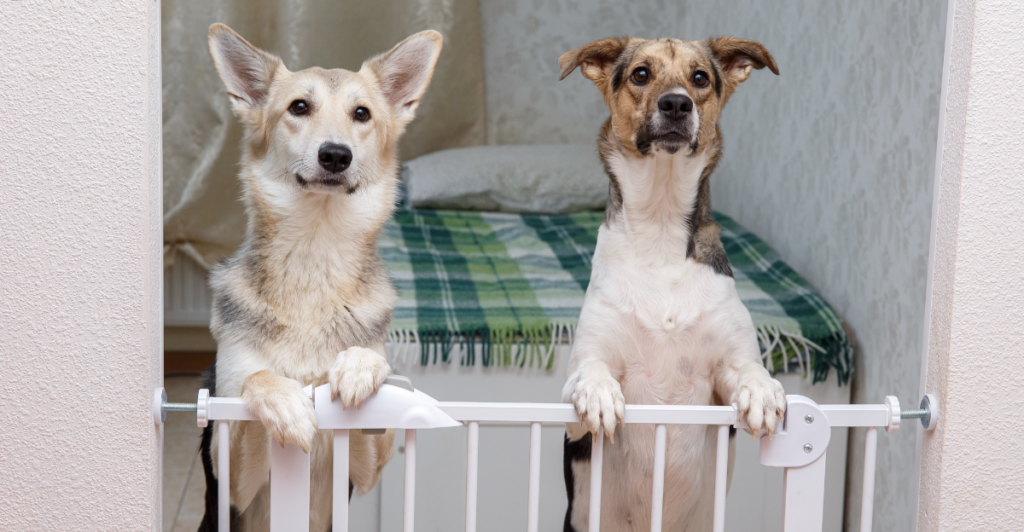
You walk through the door, and your dog explodes with joy—tail whipping, feet dancing, eyes sparkling. This is more than a cute hello; it’s an emotional release tied to the security of your presence. Studies show that dogs experience heightened levels of oxytocin and dopamine upon reuniting with their humans, sometimes after even short separations.
This greeting behavior mirrors social rituals observed in wolves returning to pack members, suggesting deep evolutionary roots. What makes it remarkable is its consistency—dogs never tire of showing their happiness to see you again.
Over time, this becomes one of the most reassuring signs of lifelong bonding. They aren’t just excited for food or routine—they’re overwhelmed with the simple fact that you came back. And in their eyes, that’s everything.
2. Eye Contact That Mirrors Human Connection
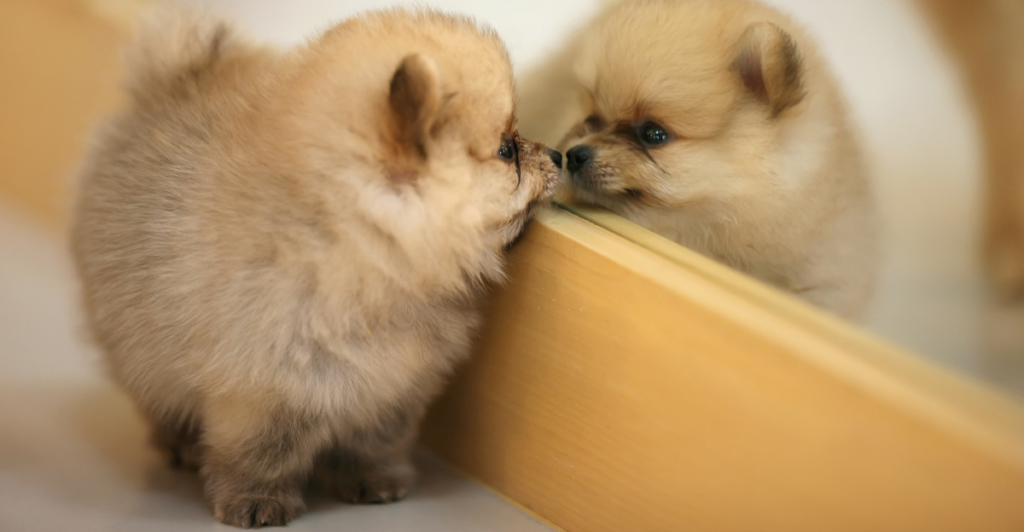
While many animals view direct eye contact as threatening, bonded dogs use it as a powerful emotional tool. When your dog locks eyes with you during calm, affectionate moments, it triggers a release of oxytocin in both of you—the same hormone that helps form bonds between human mothers and infants.
This gaze isn’t accidental; it’s intentional and laden with emotional meaning. In fact, dogs are one of the only non-primate species known to use eye contact in this way, setting them apart even from wolves.
Some researchers suggest this evolutionary trait developed as dogs became domesticated, honing their ability to read and respond to human emotions. So when your dog looks at you with soft eyes and a relaxed face, it’s more than cute—it’s an emotional handshake that says, “You’re mine.”
3. Emotional Synchrony: Your Dog Feels What You Feel
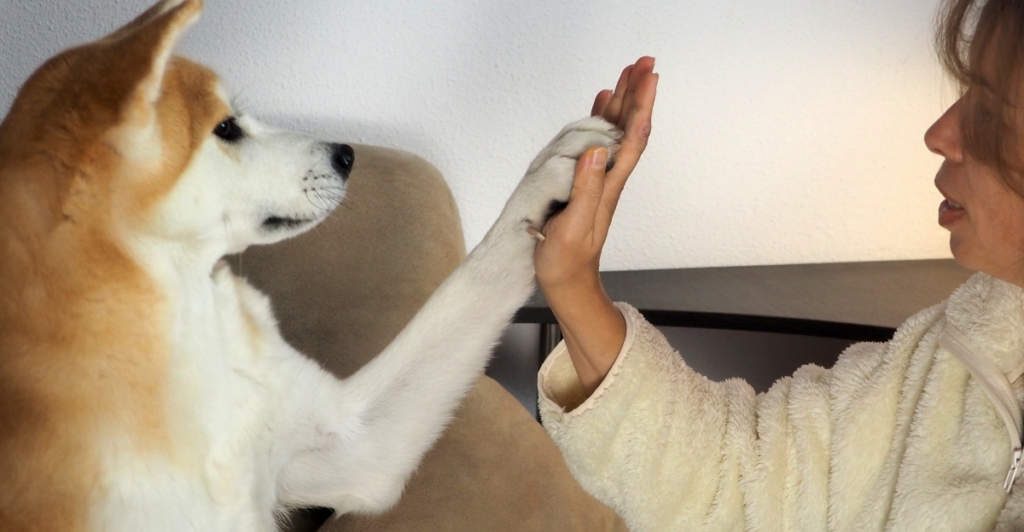
Dogs don’t just notice when you’re upset—they internalize it. Research shows dogs exhibit emotional contagion, meaning they actually mirror your feelings, much like a close friend might unconsciously mimic your mood. If you’re anxious, your dog’s cortisol levels may also rise. If you’re cheerful, they might become more playful.
This emotional synchrony has even been tracked physiologically; in one study, dogs’ heart rates adjusted in response to their owners’ stress levels. It’s a reflection of the deep emotional integration that occurs in bonded pairs.
These dogs learn to respond not just to your commands but to your emotional states, often offering comfort or distraction when they sense distress. It’s not just empathy—it’s attunement, proof of a relationship based on deep understanding and mutual emotional resonance.
4. The “Checking-In” Behavior During Walks
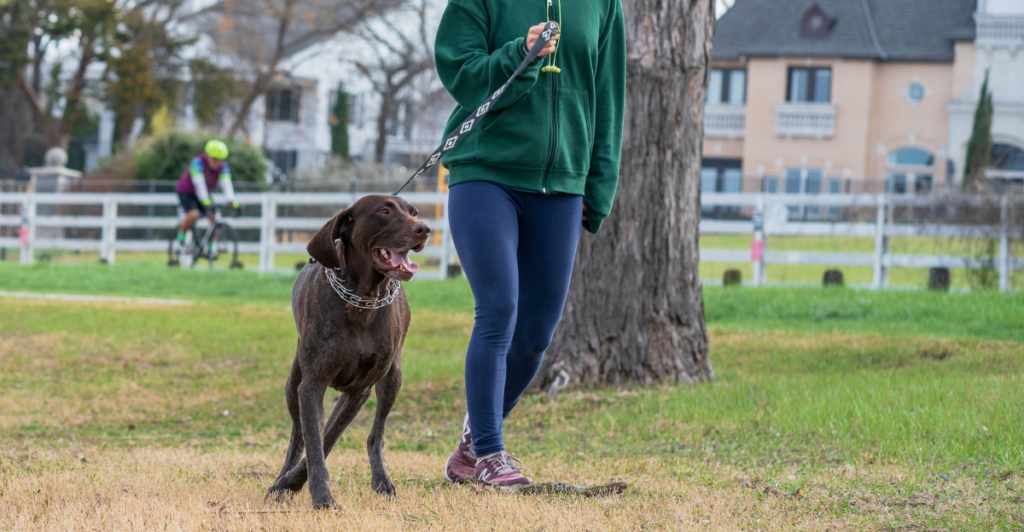
When your dog glances back at you during a walk without being called, it’s doing more than checking your location—it’s expressing trust and social referencing. This “checking-in” behavior shows that your dog sees you as its emotional anchor, much like a child might look back at a parent in a new environment.
Researchers believe this behavior evolved from wolves’ need to maintain visual contact with pack members during cooperative hunts. Dogs transferred that instinct to human companionship, adapting it into a subtle but telling signal of emotional closeness.
A dog that checks in regularly is demonstrating both awareness and a sense of responsibility for maintaining the bond. It means they care not just about where you are physically—but emotionally, too. You’re not just a leader. You’re their compass.
5. Shared Routines: Dogs Thrive on Predictable Rituals
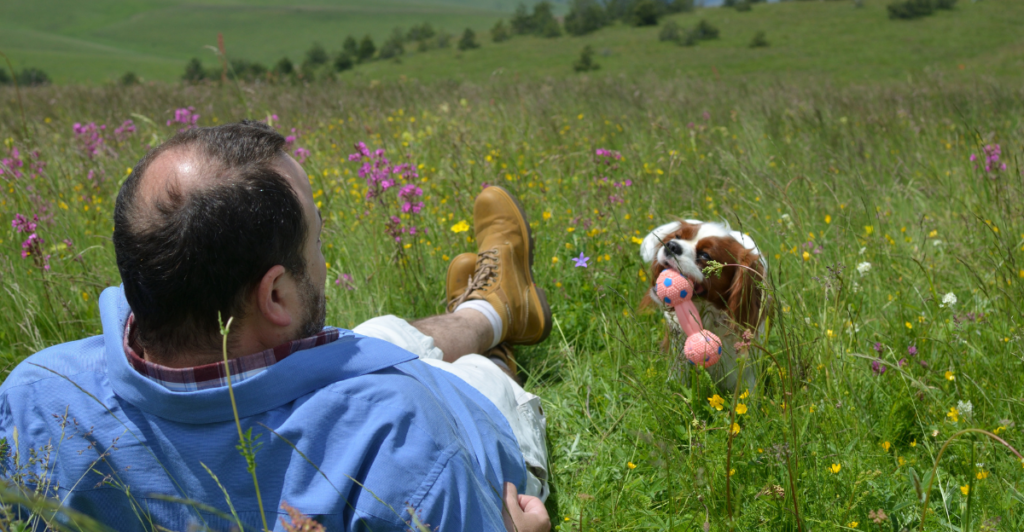
Rituals create emotional security, and dogs, like humans, thrive on them. A dog that waits by the door at 6 p.m. or brings you a toy before bed isn’t just being habitual—it’s participating in shared rituals that strengthen your connection.
These predictable interactions are especially important for dogs because they reduce anxiety and reinforce attachment. Over time, dogs associate these routines not only with their needs but with your presence and reliability. In psychological terms, this behavior resembles attachment strategies seen in securely bonded individuals.
The anticipation of a walk, meal, or cuddle session becomes emotionally meaningful when it’s part of a shared rhythm. For a bonded dog, your schedule isn’t just background noise—it’s a shared dance that says, “We do life together.”
6. Bringing Gifts: A Canine Love Language
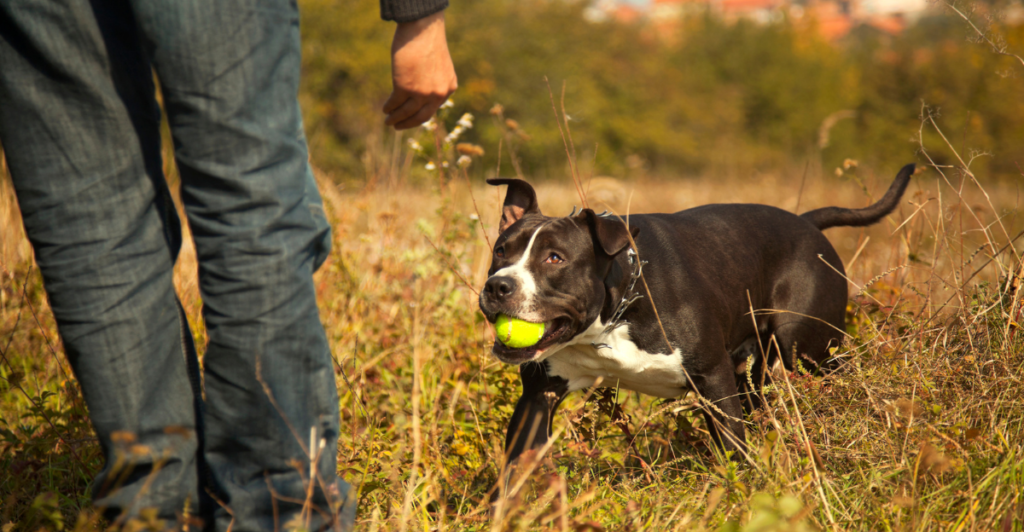
When your dog drops a toy—or occasionally something less desirable—at your feet, it’s not just seeking playtime. This gifting behavior stems from pack-oriented instincts and is often an expression of trust and affection.
In the wild, dogs and wolves share prized objects or food with pack members to reinforce social bonds. In domestic settings, this behavior becomes a symbolic gesture—a way of saying, “You’re important to me.” Sometimes, it’s even a test: dogs watch how you respond to their offering to gauge emotional reciprocity.
Do you engage, praise, or toss it back? These actions help reinforce the dog’s sense of security within the relationship. Far from being random, gifting is a canine version of “I thought of you,” solidifying emotional closeness through shared interaction.
7. Proximity Seeking: Always By Your Side
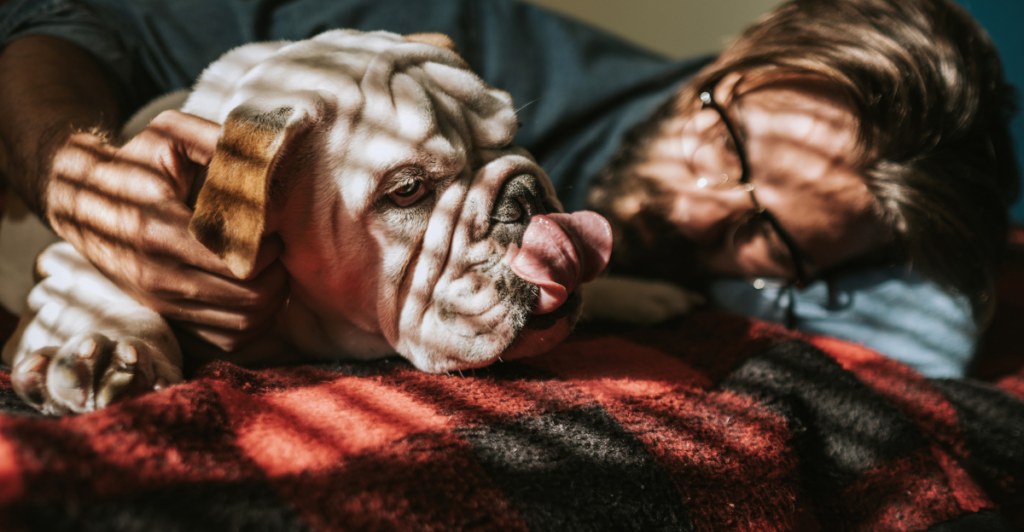
Bonded dogs often seem magnetically drawn to their humans, trailing from room to room or resting beside them during quiet moments. This isn’t just clinginess—it’s an evolved survival instinct that has become emotional.
In the wild, staying close to the alpha increases a dog’s safety and access to resources. In domestic life, this instinct is transformed into a deep desire for connection. Research shows that physical closeness in dogs releases dopamine and oxytocin, reinforcing pleasure and attachment.
Dogs that follow you, rest their head on your foot, or squeeze into the smallest space beside you are showing that your presence calms them. This behavior is so reliable that it’s often used to assess anxiety and bonding in rescued or rehomed dogs.
8. Playfulness as Bonding Therapy
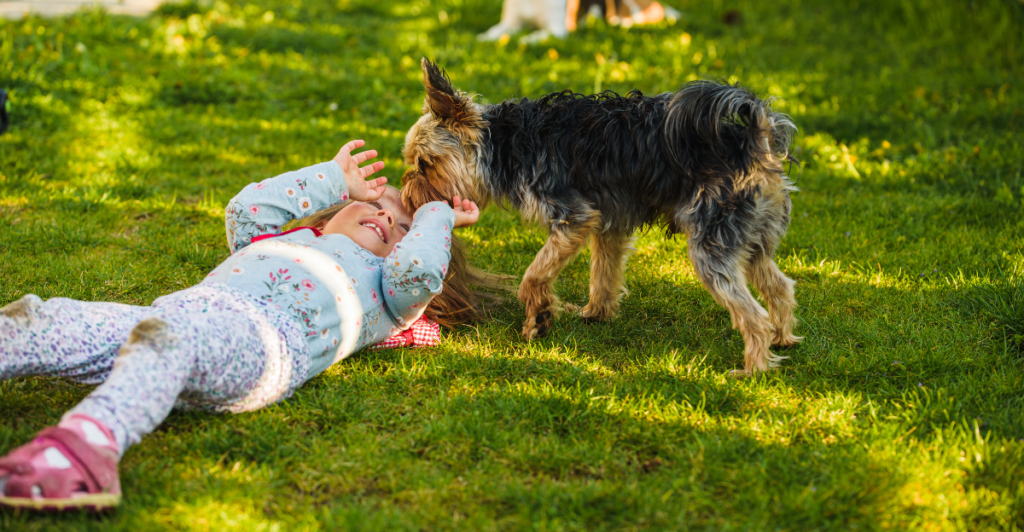
Dogs that frequently initiate play with their owners are showing a high level of emotional safety, trust, and attachment. Whether it’s fetch, tug-of-war, or a spontaneous zoomie session, play strengthens the owner-dog bond through synchronized movement and mutual attention.
Scientists liken this to “social play” in children, where cooperative games help develop empathy and social intelligence. In dogs, play has been shown to increase oxytocin levels and reduce cortisol, meaning it physically makes them feel closer to you.
It’s also diagnostic—dogs that are fearful or unbonded rarely engage in spontaneous play. So if your dog keeps nudging your hand with a toy or wants to romp even after a long day, they’re saying, “You make me feel safe and happy.”
9. Responding to Voice Commands: A Sign of Trust
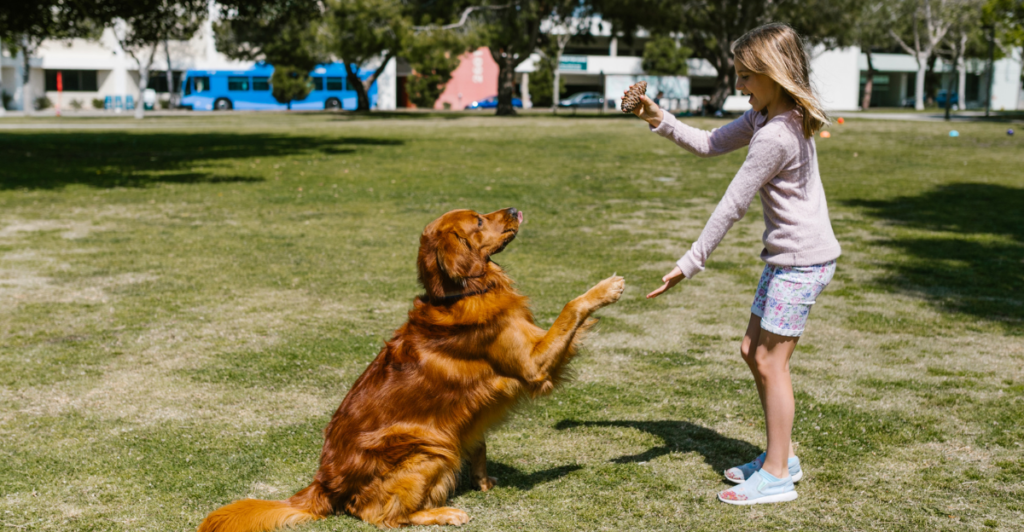
Obedience isn’t just about training—it’s about trust. When a dog reliably responds to your voice, especially in distracting environments, it means they view you as a trustworthy leader.
Research shows that dogs process human speech in both the left and right hemispheres of their brains, meaning they don’t just hear the words—they interpret tone and emotional content. Dogs that feel bonded to their owners are more likely to follow commands, even when no treat is offered, because they associate compliance with positive attention and relational harmony.
Moreover, studies suggest that dogs can learn to understand over 100 words or phrases, and how they choose to act on those depends significantly on the strength of your bond.
10. Comforting You During Stressful Times
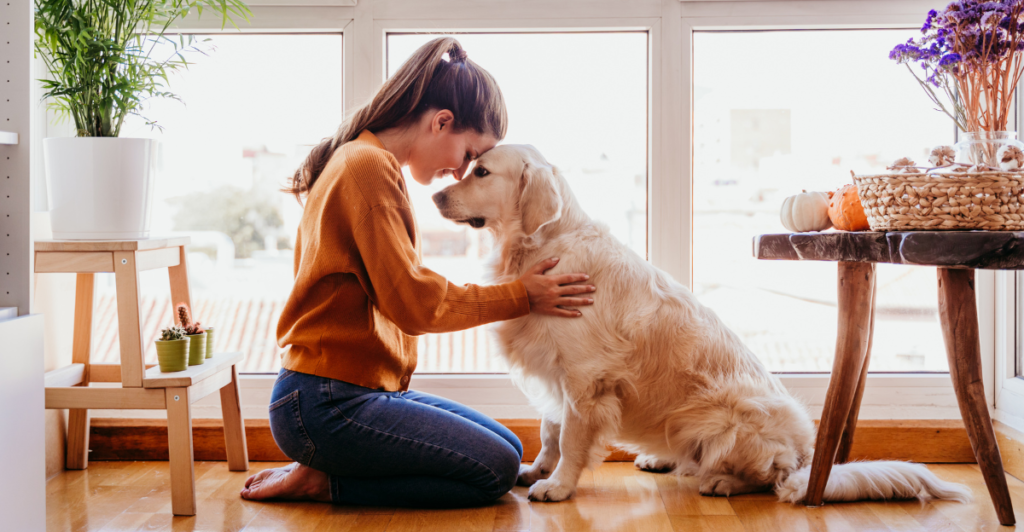
Dogs are natural empaths, but those who are strongly bonded to their humans go a step further—they actively intervene during emotional distress. If you’ve ever been crying or anxious and your dog suddenly appeared, pressing into your side or offering gentle paw taps, that’s not a coincidence.
It’s empathy in action. Studies have shown that dogs can detect changes in human hormones such as cortisol and adrenaline, and many will instinctively try to soothe their owners. In fact, therapy dogs are trained to hone this natural instinct into a professional skill.
But your dog doesn’t need certification to show care. Their comfort-seeking behavior is a powerful reminder that emotional support in animals isn’t limited to service dogs—it’s a natural sign that your dog feels emotionally tethered to your well-being.
Explore more of our trending stories and hit Follow to keep them coming to your feed!

Don’t miss out on more stories like this! Hit the Follow button at the top of this article to stay updated with the latest news. Share your thoughts in the comments—we’d love to hear from you!







